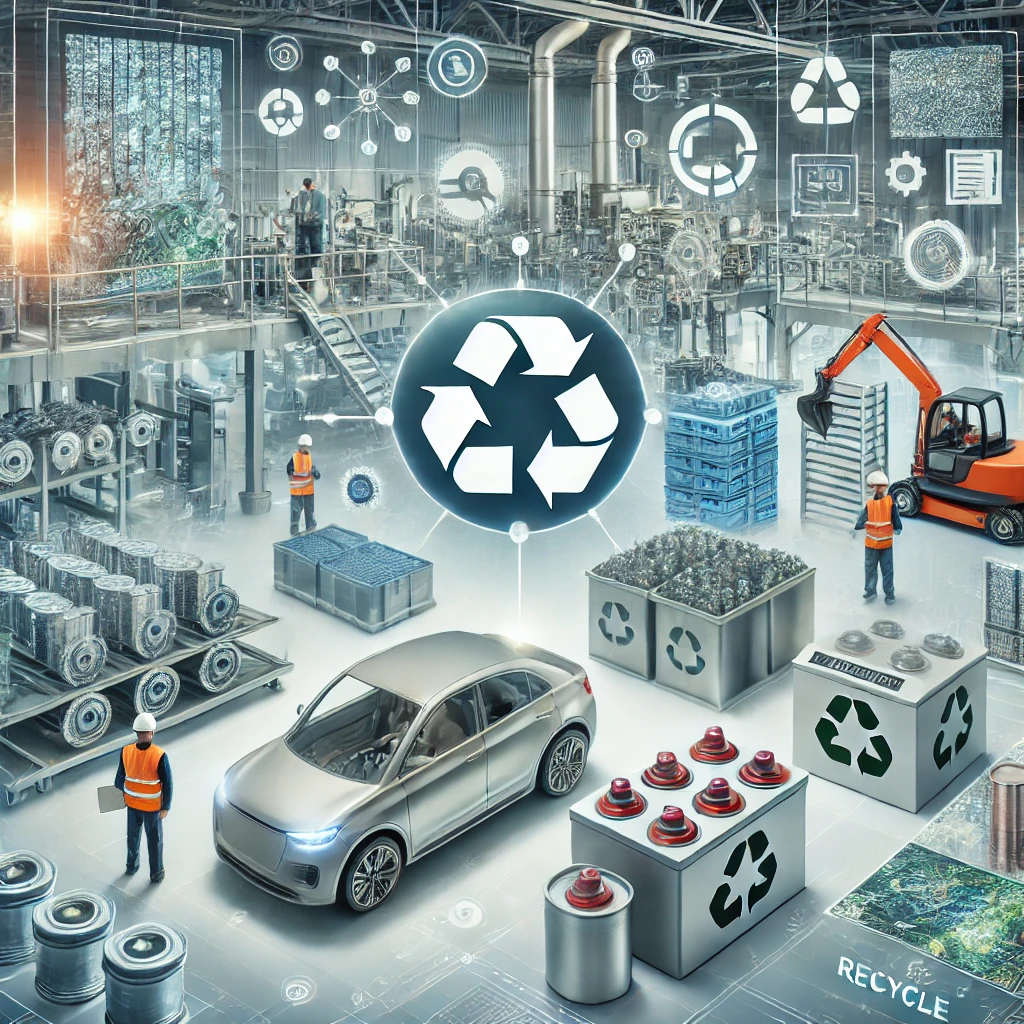As electric vehicles (EVs) gain popularity worldwide, the spotlight is increasingly on their most critical component: the battery. EV batteries power these vehicles, and advancements in battery technology are vital for improving performance, range, and sustainability. This article delves into the types of EV batteries, the manufacturing process, and the future of battery technology.
1. Types of Electric Vehicle Batteries
The two primary types of batteries used in electric vehicles are:
- Lithium-Ion Batteries: These are the most common type of battery used in EVs today. They offer high energy density, long life, and a relatively lightweight profile. Lithium-ion batteries have become the industry standard due to their efficiency and performance.
- Solid-State Batteries: Emerging as a promising alternative, solid-state batteries replace the liquid electrolyte found in traditional lithium-ion batteries with a solid electrolyte. This design can potentially improve safety, energy density, and charging times.
2. The Manufacturing Process of EV Batteries
The manufacturing of EV batteries involves several critical steps:
A. Raw Material Sourcing
The production of lithium-ion batteries starts with the extraction of raw materials, primarily lithium, cobalt, nickel, and graphite. These materials are sourced from various countries, often raising concerns about ethical sourcing and environmental impact.
B. Cell Production
The manufacturing process begins with creating battery cells. This includes:
- Mixing: The active materials (cathode and anode materials) are mixed with additives and solvents to form a slurry.
- Coating: The slurry is coated onto a thin metal foil, usually aluminum for the cathode and copper for the anode.
- Drying: The coated foil is dried to remove solvents, resulting in a solid layer of active material.
C. Cell Assembly
Once the cells are produced, they are assembled into battery packs. This step involves:
- Stacking or Winding: The anode and cathode layers are stacked or rolled together with a separator in between to prevent short circuits.
- Electrolyte Filling: The battery cell is filled with an electrolyte, which allows lithium ions to move between the anode and cathode during charging and discharging.
D. Testing and Quality Control
After assembly, each battery cell undergoes rigorous testing to ensure safety, efficiency, and performance. This includes charge/discharge tests, thermal stability assessments, and capacity checks.
E. Battery Pack Assembly
The tested cells are then integrated into battery packs, which are designed to fit seamlessly into the vehicle’s structure. This step often includes the incorporation of thermal management systems to maintain optimal operating temperatures.
3. Sustainability and Recycling
As the demand for EVs grows, so does the need for sustainable practices in battery production. Key areas of focus include:
- Recycling: Efforts are underway to develop efficient recycling methods for lithium-ion batteries. Companies like Redwood Materials and Li-Cycle are leading the charge in battery recycling, aiming to recover valuable materials for reuse.
- Sustainable Sourcing: Many manufacturers are prioritizing the ethical sourcing of raw materials, implementing supply chain transparency to address concerns related to labor practices and environmental impacts.
4. Future Innovations
The future of EV batteries is bright, with ongoing research into new technologies. Promising innovations include:
- Solid-State Technology: As mentioned earlier, solid-state batteries could revolutionize the industry by offering higher energy densities and improved safety features.
- Lithium-Sulfur Batteries: These batteries have the potential to provide significantly higher energy capacity than lithium-ion batteries, though they are still in the research phase.
- Faster Charging Solutions: Researchers are working on technologies to reduce charging times significantly, making EVs more convenient for consumers.
Conclusion
Electric vehicle batteries are at the forefront of the automotive industry’s transformation toward sustainability and efficiency. As manufacturers continue to innovate and improve their processes, the future of EV batteries promises to be more sustainable, efficient, and accessible. With ongoing advancements in technology and a growing focus on recycling and ethical sourcing, the shift towards electric mobility is set to accelerate in the coming years.

